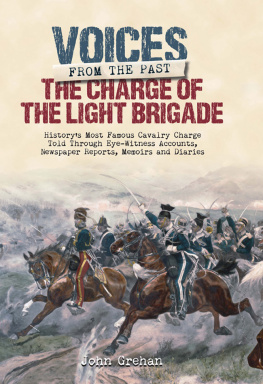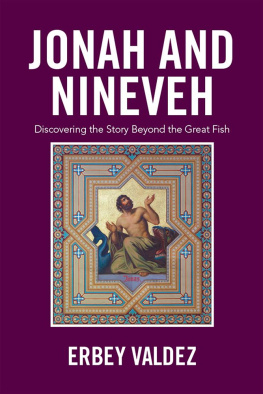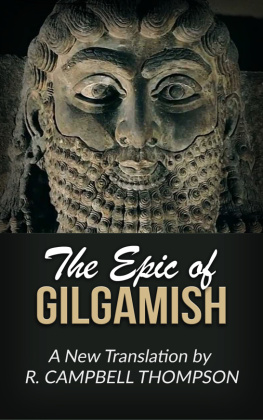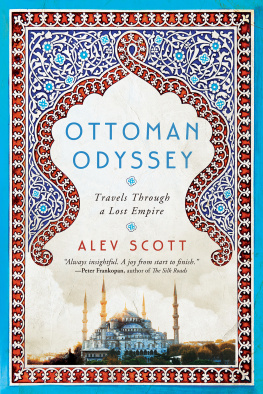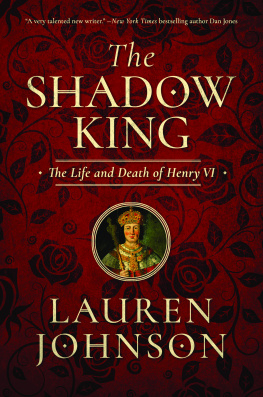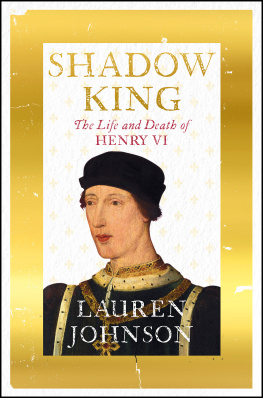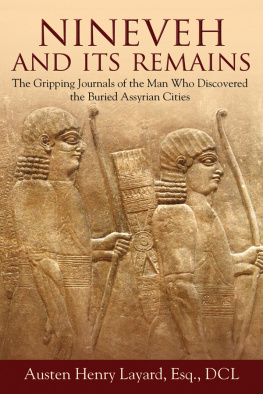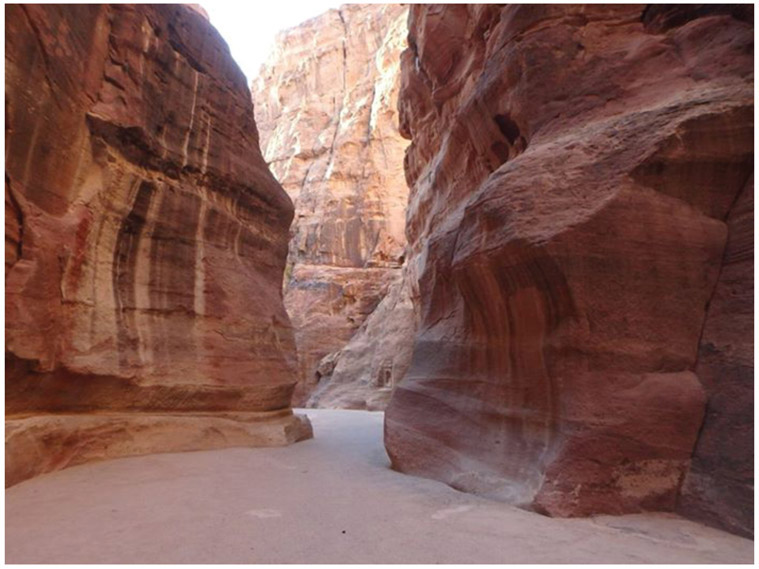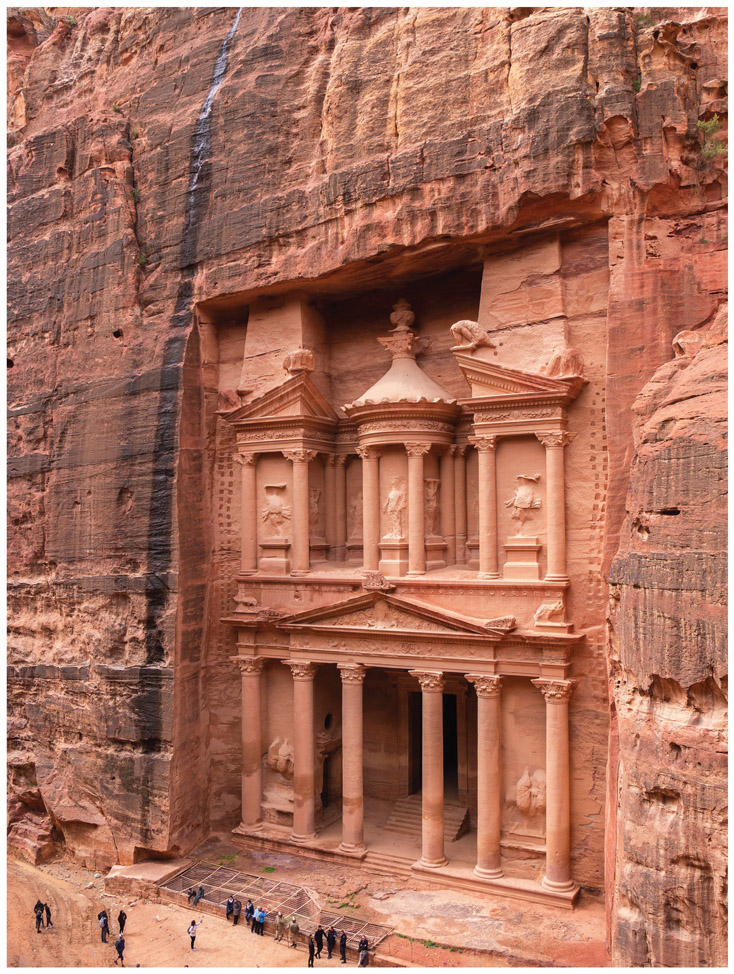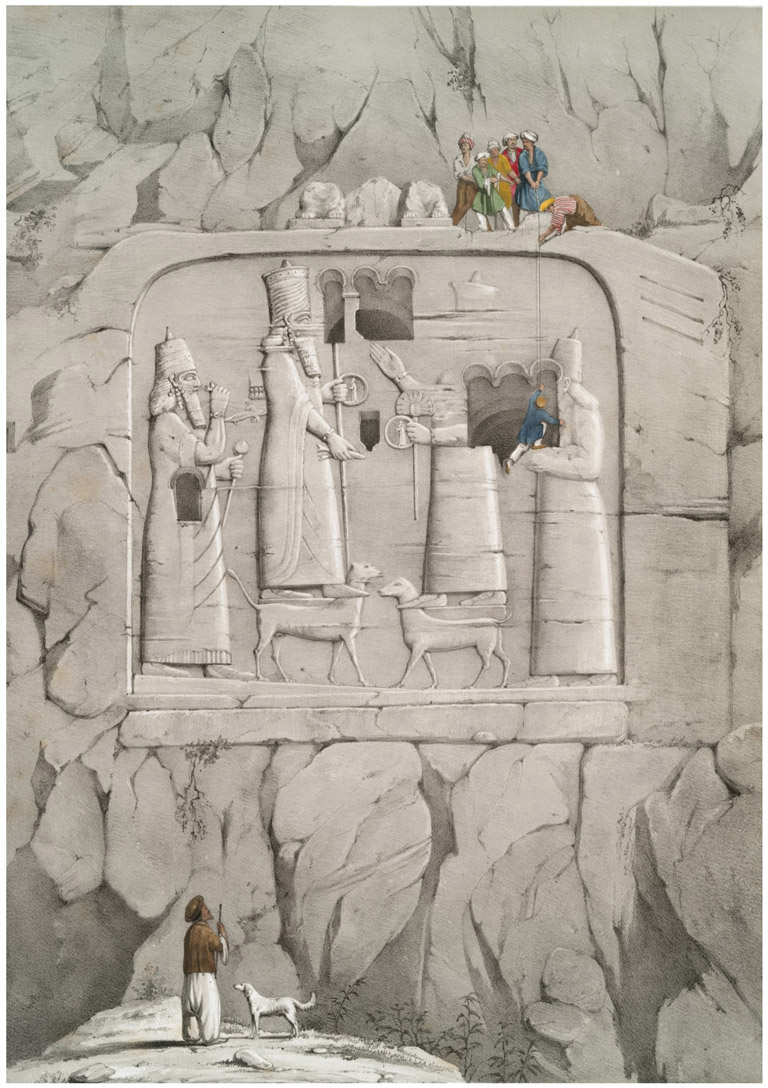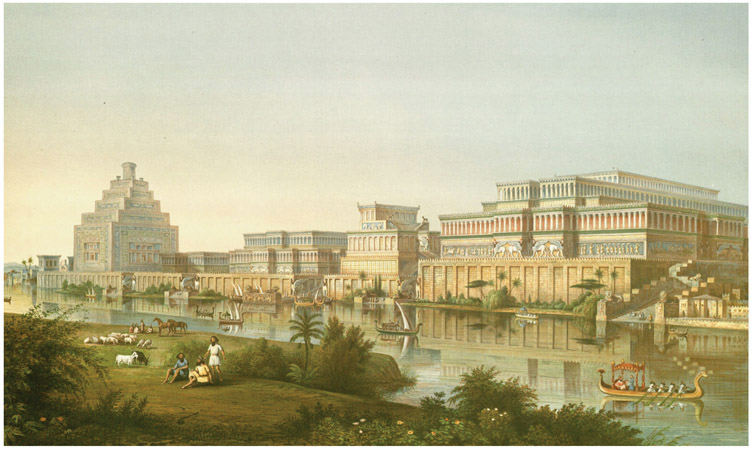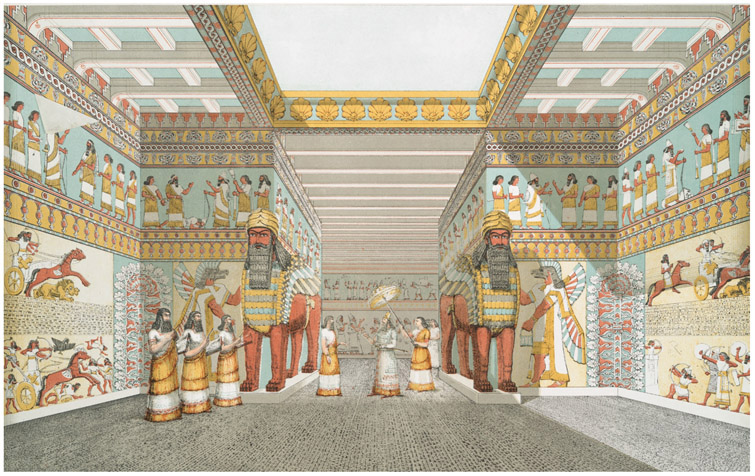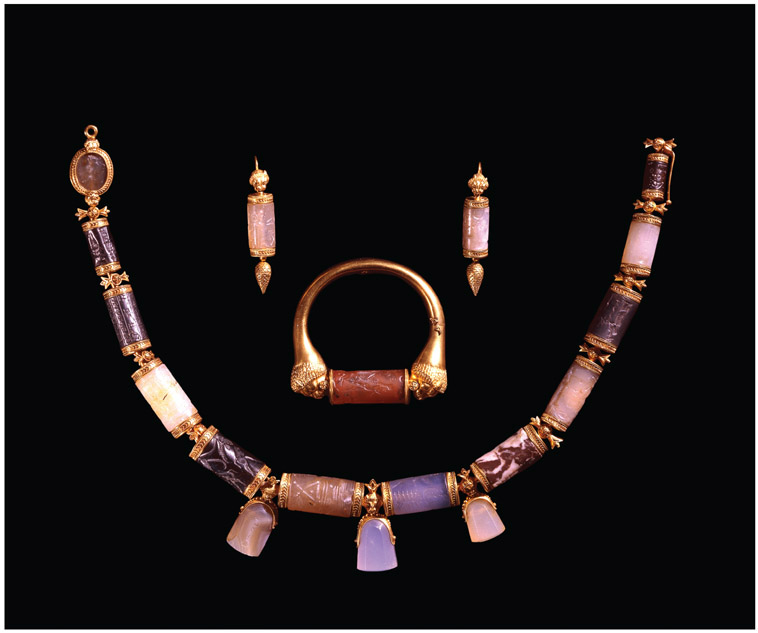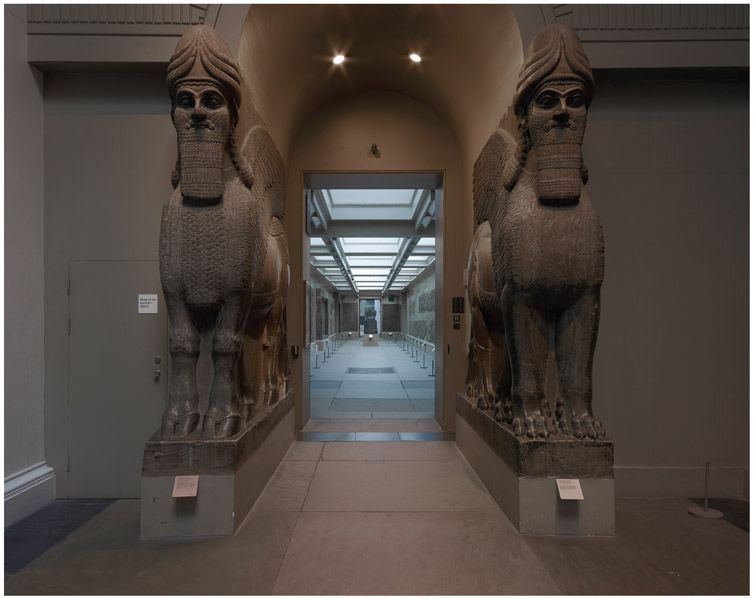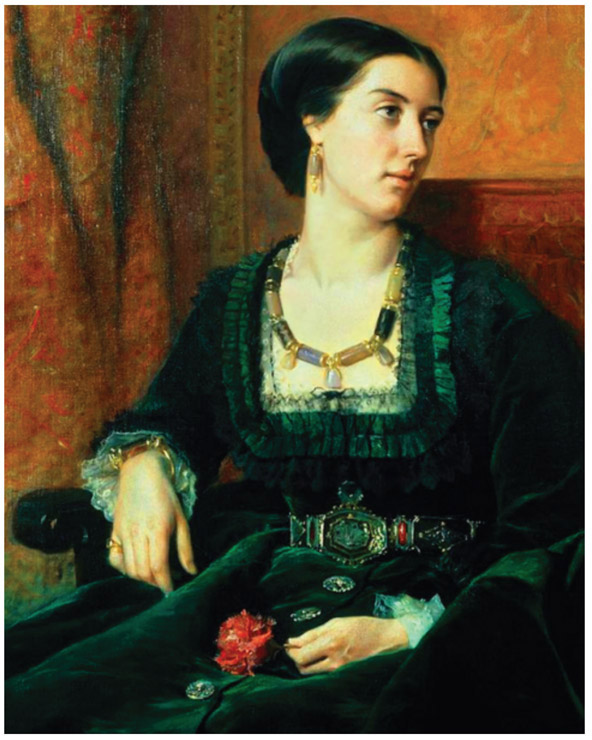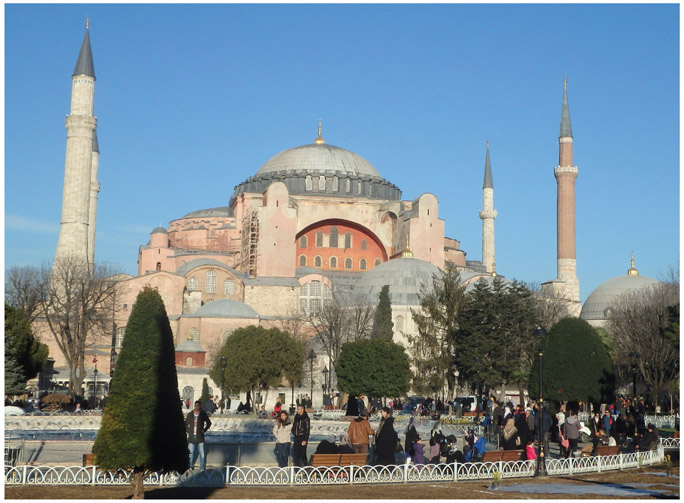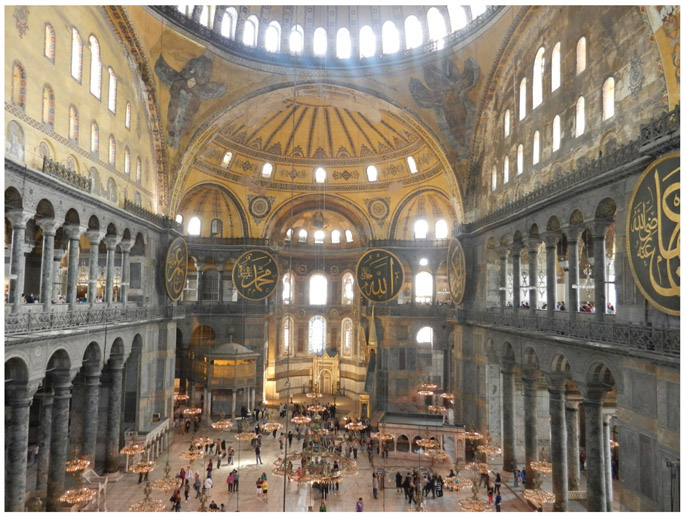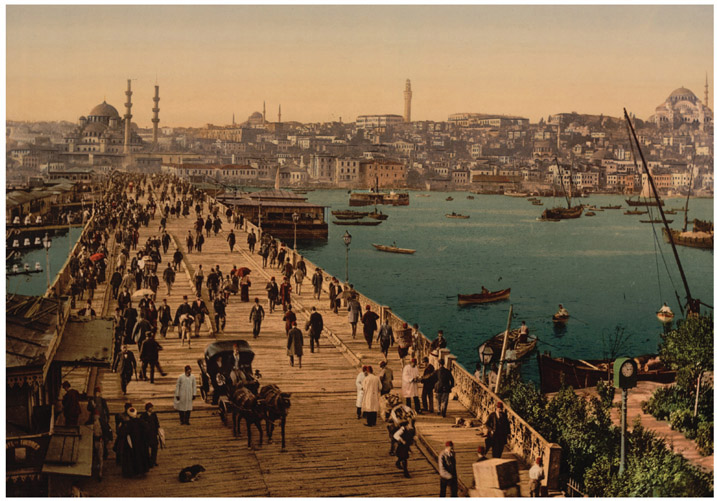Jeff Pearce - Winged Bull: The Extraordinary Life of Henry Layard, the Adventurer Who Discovered the Lost City of Nineveh
Here you can read online Jeff Pearce - Winged Bull: The Extraordinary Life of Henry Layard, the Adventurer Who Discovered the Lost City of Nineveh full text of the book (entire story) in english for free. Download pdf and epub, get meaning, cover and reviews about this ebook. year: 2021, publisher: Prometheus, genre: Non-fiction. Description of the work, (preface) as well as reviews are available. Best literature library LitArk.com created for fans of good reading and offers a wide selection of genres:
Romance novel
Science fiction
Adventure
Detective
Science
History
Home and family
Prose
Art
Politics
Computer
Non-fiction
Religion
Business
Children
Humor
Choose a favorite category and find really read worthwhile books. Enjoy immersion in the world of imagination, feel the emotions of the characters or learn something new for yourself, make an fascinating discovery.

- Book:Winged Bull: The Extraordinary Life of Henry Layard, the Adventurer Who Discovered the Lost City of Nineveh
- Author:
- Publisher:Prometheus
- Genre:
- Year:2021
- Rating:5 / 5
- Favourites:Add to favourites
- Your mark:
Winged Bull: The Extraordinary Life of Henry Layard, the Adventurer Who Discovered the Lost City of Nineveh: summary, description and annotation
We offer to read an annotation, description, summary or preface (depends on what the author of the book "Winged Bull: The Extraordinary Life of Henry Layard, the Adventurer Who Discovered the Lost City of Nineveh" wrote himself). If you haven't found the necessary information about the book — write in the comments, we will try to find it.
In the summer of 1839, Henry Layardjust twenty-two years oldleft England for eastern Europe and distant lands of the Ottoman Empire. He had never set foot in these regions before and wasnt fluent in their languages. But he would experience one dramatic adventure after another, narrowly escaping death, combatting murderous thieves, riding with Bakhtiari warriors in Persia, and going on secret missions for the British embassy in Turkey.
Layard made some of the most important archaeology discoveries ever, uncovering the ruins of Nineveh in 1845, as well as the lost Assyrian capital of Ashur. Its thanks to his secret efforts that scores of Yezidi refugees were saved from persecution. When he returned to England, his personal account of his finds at Nineveh became a bestseller. He went on to witness the famous Charge of the Light Brigade, investigated the Indian Mutiny, and as Britains diplomat, he played a key role in saving Istanbul from destruction and looting during a war.
Real-life Indiana Jones meets Lawrence of Arabia in Winged Bull, the first biography in half a century to tell the story of Henry Layard and his daring adventures. While you may not know his name, you likely have seen his work. The winged bulls, lions and priceless treasures of art and jewelry that he found make up permanent collections in institutions such as the British Museum, Britains National Gallery and New Yorks Metropolitan Museum of Art.
Layard may have also been the first archaeologist with a conscience. While better known figures either stole their discoveries or bribed their way into ruins, Layard sought formal permission from local authorities. His books and letters draw a picture of a man who deeply respected the lands and cultures he explored.
Using Layards own letters as well as archival materials and never-before-published documents, author Jeff Pearce captures the life of a man who was never at rest, whether galloping off with tribal rulers or standing up for the poor and downtrodden as a British MP. Discover the life of Henry Layard in this gripping tale of astonishing discoveries, swashbuckling exploits, and political intrigue.
Jeff Pearce: author's other books
Who wrote Winged Bull: The Extraordinary Life of Henry Layard, the Adventurer Who Discovered the Lost City of Nineveh? Find out the surname, the name of the author of the book and a list of all author's works by series.


